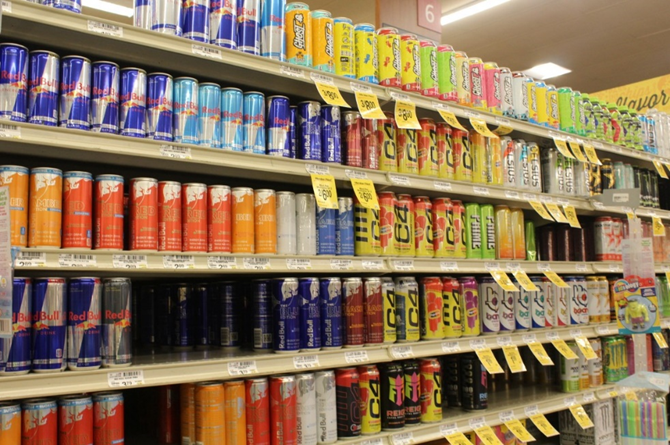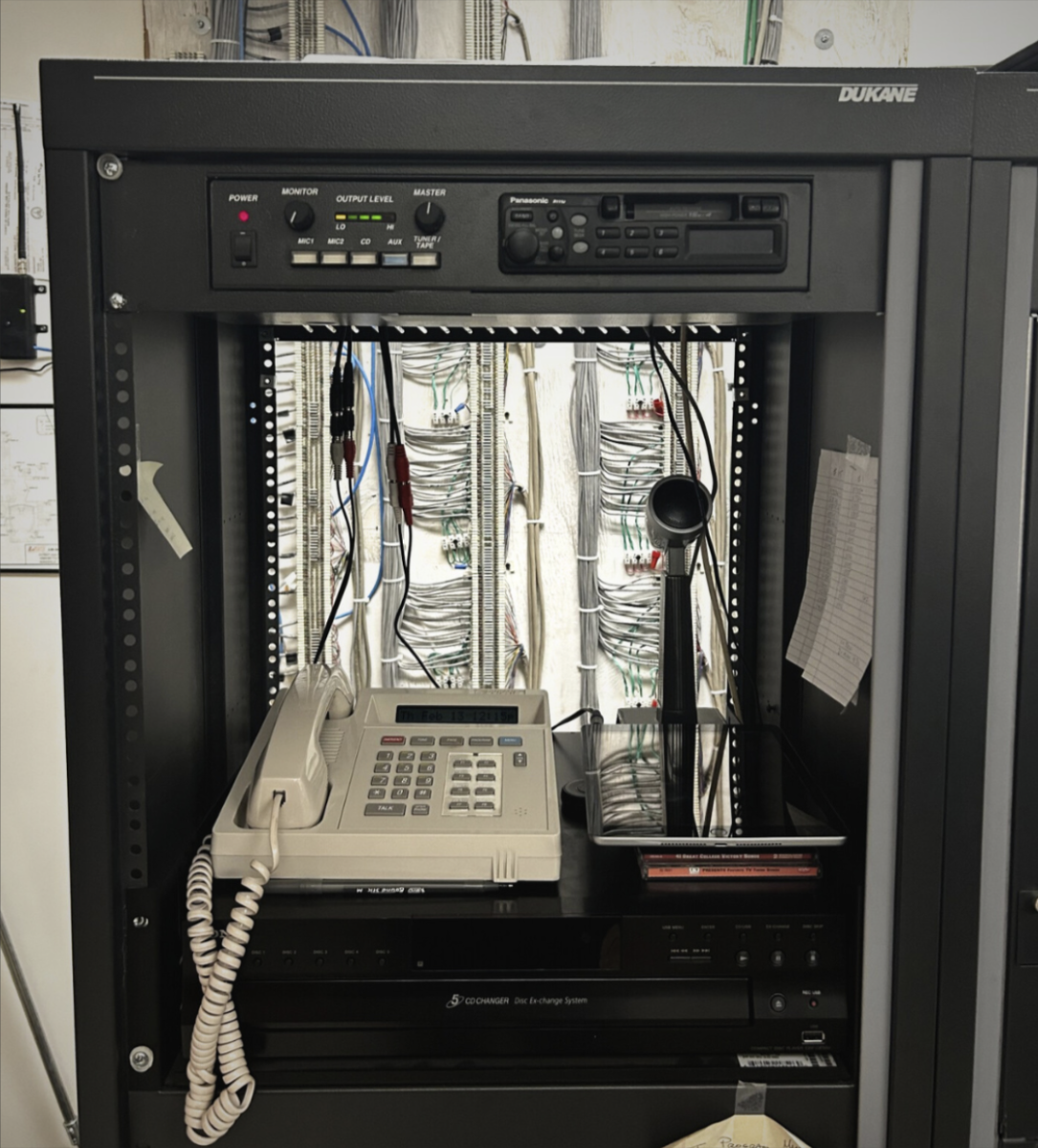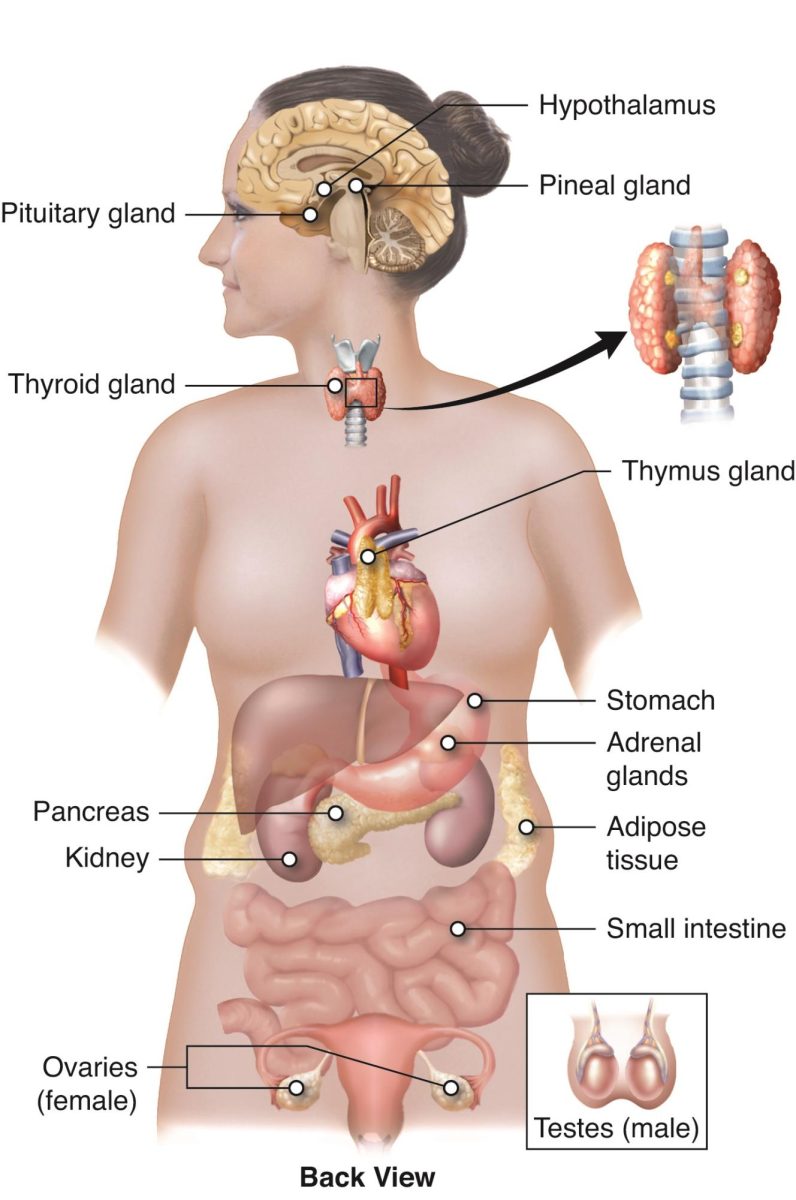The rise of energy drinks happened after the launch of Red Bull in 1997 and became a popular choice for teenagers looking for a quick boost of energy, whether it’s to get through school, sports, or even a part-time job. The aesthetic cans/bottles and the taste of candy-like juice persuade teenagers to buy these drinks. However, behind the promises of amazing performance lies a serious health risk many teenagers overlook.
Energy drinks are non-alcoholic beverages made of mostly caffeine but have other ingredients, such as guarana, which naturally contain caffeine. According to Healthline, “Red Bull and coffee are ubiquitous caffeinated beverages that differ significantly in nutrient content but contain similar levels of caffeine.”
However, even with the rise of energy drinks, many argue that energy drinks are falsely advertised to the public. Famous energy drink brands such as Red Bull, Monster, and Bang often market their products with bold promises. For example, Red Bull markets itself as the drink that “gives you wings,” conveying that it provides a significant amount of energy boost. With such alluring statements, teenagers are often quick to buy these products without knowing the potential risks.
According to The Washington Post, “Nutrition labels are not legally required to include information about caffeine content — a critical and potentially life-threatening omission.” This means that many of these beverages provided at a local grocery store aren’t labeled correctly, leaving consumers unaware of the certain health risks posed by these beverages. According to Laborers, “Some energy drink manufacturers use ‘Supplement Facts’ panels on their products while others opt for ‘Nutrition Facts’ panels. ‘Nutrition Facts’ panels on energy drinks exempt manufacturers from reporting adverse health events to the Food and Drug Administration (FDA) and allow the purchase of energy drinks.” Without proper labeling, many teenagers are deceived by just the packaging.
Energy drinks are marketed as a quick fix for fatigue that will provide people with an “energy boost.” According to CBS News, children between the ages of 12 and 17 should consume no more than 100 g of caffeine daily. Many popular energy drink brands, such as Celsius, contain 200 mg of caffeine per can.
However, the high caffeine and sugar provided in these drinks can cause risks to teenager’s health. Consuming just one can of an energy drink, such as Celsius, exceeds the recommended caffeine limit, which leads to serious adverse effects, such as anxiety, insomnia, gastrointestinal upset, muscle twitching, restlessness, and periods of inexhaustibility. “Despite the immediate burst of energy these drinks may provide, the long-term effects can be way more effective and concerning. “The caffeine may not hit you now, but it can be weakening your system and heart, without you even knowing it” said Kimberly Buford, a nutrition teacher at Patriot High School.
More serious health issues related to energy drinks are ischemic strokes that lead to epileptic seizures. Furthermore, the Centers for Disease Control and Prevention (CDC) states that energy drinks have been linked to an increase in emergency room visits, particularly among young people who consume them frequently.
The National Institute of Mental Health states that the brain finishes developing and maturing in the mid-to-late 20s. Meaning, teenagers’ brains aren’t fully developed, and excessive caffeine consumption can affect their mood, sleep, and school performance. For teenagers, whose bodies are brains are still growing, these effects will have long-term consequences on their brain’s development. “Considering the fact that the frontal lobe is not fully developed, that means that teenagers aren’t able to make good decisions, and this is the reason they’re drinking many energy drinks,” stated Buford.
Teenagers often overlook the downsides of energy drinks because all they can see is the good. With false labeling and pretty packaging, teenagers are fooled into drinking these beverages. While energy drinks offer a temporary feeling of adrenaline, it is important for teenagers to be aware of the potential risks that are associated with these drinks.





